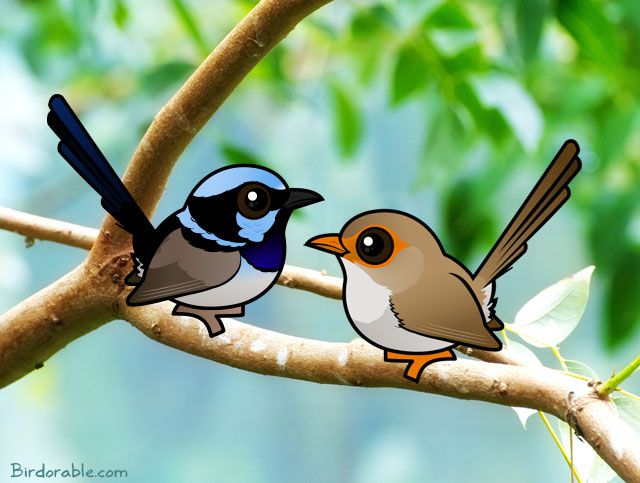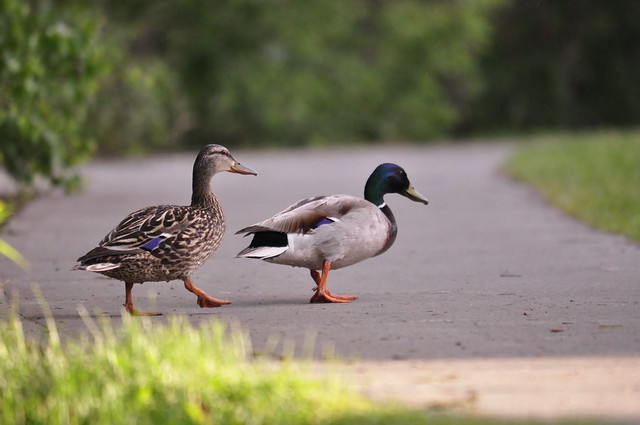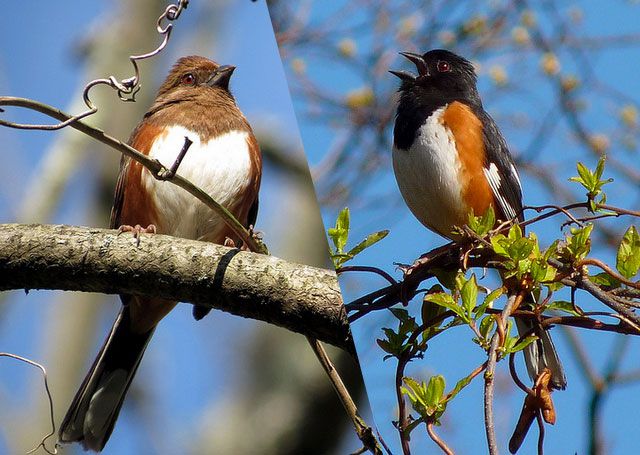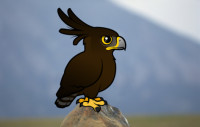Bird Term: Sexual Dimorphism

Sexual dimorphism refers to observable differences between males and females of the same species. In basic terms, it means that a male of a species is easily distinguished from a female. In birds this usually means differences in size or in plumage. It can also be noted in behavior differences and other traits.
Earlier on this blog we talked about the extreme sexual dimorphism in Eclectus Parrots, where males and females show extreme differences in their plumage: males are bright green while females are shades of red and blue.
Sexual dimorphism exists in most species of raptor. In birds of prey, males are often smaller than the females of the species. However, this is often difficult to discern in wild birds, especially if seen at a distance or when only one bird is present.
Many common birds also exhibit sexual dimorphism. Male ducks are often colorful, while females tend to be drab. You can see this in the common Mallard.

Mallard ducks by Connor Mah (CC BY-SA 2.0)
In songbirds, males may be brightly colored while females have a similar plumage with more muted tones, as seen in Baltimore Orioles, American Robins, Eastern Towhees, and Black-throated Blue Warblers.

Eastern Towhees: female (left) by Brian Henderson (CC BY-NC 2.0), male (right) by Dendroica cerulea (CC BY-NC-SA 2.0)
In other birds, like the Eclectus Parrot mentioned above, the plumage differences are extreme. Examples of this can also be seen in the Superb Fairywren of Australia, and the Sage Grouse.
Can you think of other bird species where the male is easily told apart from the female? Do you have birds like this where you live? What about birds that aren't sexually dimorphic? Can you think of species where male and females are impossible to tell apart by looking at them?










Comments
Leave a comment
Thank you!